In 2024, the tablet market boasts formidable alternatives to Apple’s iPad lineup, offering compelling options for users seeking diverse operating systems. While Apple’s iPads are renowned for their design and hardware, competitors like Samsung, Microsoft, and Lenovo provide noteworthy alternatives that challenge the iPad’s dominance.
Despite Apple’s considerable market share, alternatives have gained traction, offering consumers choices with competitive features, affordable pricing, and robust hardware. For those in search of a tablet that combines functionality and budget-friendliness, several compelling options are available, excelling in daily tasks such as browsing, video streaming, gaming, and productivity.
Here’s a closer look at our top five picks for iPad alternatives, curated to cater to a variety of preferences and needs. These alternatives showcase the innovation and competitiveness present in the tablet market, providing users with options that align with their specific requirements. As we delve into each recommendation, it becomes evident that the tablet landscape has evolved to offer diverse and powerful choices beyond the realm of Apple’s iPads.
1. Samsung Galaxy Tab S7+
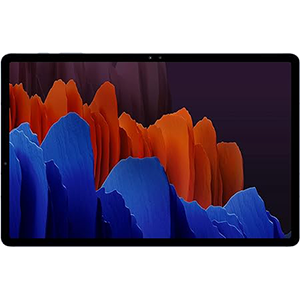
Launched in August 2020, the Samsung Galaxy Tab S7+ remains a top-tier tablet, although it has been surpassed by the newer Galaxy tablet highlighted above. Nevertheless, it retains its status as a premium device and is a worthwhile consideration, especially if there are cost savings compared to the S8 Ultra.
Equipped with the robust Qualcomm Snapdragon 865 Plus processor, the S7+ delivers impressive speed, complemented by a substantial 10,090mAh battery that eliminates the need for frequent recharging. The 12.4-inch Super AMOLED display, boasting a 120Hz refresh rate, provides a visually stunning experience. The included S Pen stylus matches the sensitivity of the Apple Pencil 2.
The tablet excels in photography, featuring 13MP wide and 5MP ultrawide cameras that capture vibrant colors, particularly when utilized with the Panorama, Night, and Live Focus modes. A standout feature is the Single Take mode, allowing users to tap the shutter once, move around for up to 10 seconds, and automatically generate a variety of stills with different styles, angles, and formats. The 8MP front-facing camera ensures an excellent experience for video calls and selfies.
2. SAMSUNG Galaxy Tab S9

Samsung’s latest Tab S9 series, comprising the Tab S9+, and Tab S9 Ultra, emerges as premium alternatives to the iPad Air and iPad Pro, catering to users seeking a powerful tablet experience outside the Apple ecosystem.
The Galaxy Tab S9 series delivers flagship-level features, including a potent processor, stunning AMOLED displays, included S Pen, and updates up to Android 17. With excellent speakers, fingerprint readers, optional keyboard covers, and more, these tablets stand out in the Android tablet market.
Featuring vibrant displays with a 120Hz refresh rate, the series ranges from a 12.4-inch Dynamic AMOLED 2X on the Tab S9+ to a 14.6-inch Dynamic AMOLED 2X on the Tab S9 Ultra, providing HDR10+ support and a 16:10 aspect ratio for exceptional clarity and color reproduction.
Powered by the Qualcomm Snapdragon 8 Gen 2 processor, these tablets offer stellar performance and connectivity options like 5G, LTE, Wi-Fi 6E, Wi-Fi Direct, and Bluetooth v5.3. Delivering an audio experience rivalling iPad Pro and iPad Air, the Tab S9+ and Tab S9 Ultra feature Quad Stereo Speakers with Sound by AKG and Dolby Atmos.
Security features include Samsung Knox and Fingerprint on Display. Both tablets support various accessories, including the pre-bundled S Pen and additional options like Book Cover Keyboard, Smart Book Cover, and more. With IP68 water-resistant rating, IP68-rated S Pen, and Android 13 with One UI 5.1.1, the Galaxy Tab S9 series offers a premium alternative for users transitioning from iPads.
3. Microsoft Surface Pro 9

For those seeking a compelling Windows alternative, the Microsoft Surface Pro 9 stands out as an excellent choice. This flagship tablet boasts a premium design, featuring a sleek body with a built-in kickstand. Its 13-inch PixelSense Display offers a resolution of 2880 x 1920 pixels, a 120Hz refresh rate, and a 3:2 aspect ratio.
The Surface Pro 9 is currently the best Windows tablet available, delivering a superior package with the latest Intel processors, a high-refresh-rate display, and outstanding accessories like the Surface Slim Pen 2 and Signature Keyboard. Despite its impressive features, it’s important to note that the battery life may fall short compared to some competitors, and the overall design doesn’t deviate significantly from its predecessor, the Surface Pro 8.
This tablet supports the Surface Slim Pen 2 stylus, providing smooth performance on the screen, akin to the Apple Pencil on the iPad Pro. While the Apple Pencil may have a slight edge in overall performance, the Surface Slim Pen 2 offers satisfactory performance for tasks like design and editing.
With its top-notch hardware and robust software support, the Surface Pro 9 serves as a worthy alternative to the latest iPad Pro. As a Windows tablet, it seamlessly handles both personal and professional tasks, making it a versatile and reliable primary device.
4. SAMSUNG Galaxy Tab S9 FE

The Galaxy Tab S9 FE emerges as a compelling alternative to the iPad 10, offering a balance of affordability and flagship features. Samsung’s mid-range Android tablet combines a sleek design, capable performance, and a reasonable price point. The tablet sports a 12.4-inch 2K (2560 x 1600) TFT LCD panel with similar brightness to the iPad 10, but it boasts a fully laminated display and supports a 90Hz refresh rate.
As the best mid-range tablet with a pen, the Samsung Galaxy Tab S9 FE presents a well-rounded package with a high-resolution 10.9-inch 90Hz IPS display, an appealing design, up-to-date software with extended updates, and the inclusion of the S Pen. While it may not be a perfect gaming tablet due to a less powerful processor, it offers premium features such as a fingerprint reader, impressive speakers, and a water- and dust-resistant body.
Equipped with a massive 10,090mAh battery, the Tab S9 FE promises over 15 hours of video playback on a single charge. In practical testing, it delivered around 7.5 hours under extreme conditions, suggesting a potential 10-hour backup on moderate usage.
The inclusion of the S Pen, mirroring the one on the Tab S9 series, enhances the tablet’s functionality. The Tab S9 FE also supports Samsung’s DeX mode, transforming the tablet into a desktop-like experience when connected to a mouse and keyboard. Running on Android 13 with Samsung’s One UI 5.1, the tablet provides a clean and user-friendly interface.
5. Lenovo Tab P11 Pro Gen 2

For budget-conscious tech enthusiasts seeking a more affordable alternative to the iPad 10, the Lenovo Tab P11 Pro Gen 2 proves to be an excellent Android tablet offering a similar experience at a more attractive price point. Here’s a comparison between the two tablets and why the Lenovo option might be the ideal choice.
In my review, the Lenovo Tab P11 Pro Gen 2 received fantastic results, standing out with its impressive 10.2-inch OLED screen, powerful hardware, ample storage, and solid pen and keyboard cover. The tablet’s long battery life, loud speakers, and productivity mode with external screen support contribute to its overall appeal. However, it’s worth noting that while the Tab P11 Pro Gen 2 is expected to receive two major updates, it may not be updated for as long as flagship devices from competitors like Samsung and Apple.
One key advantage of the Tab P11 Pro Gen 2 over the iPad 10 is its stunning OLED panel, providing richer blacks, brighter whites, and more vibrant colors. While the iPad 10 features a good Liquid Retina LCD display, it falls short of the OLED’s superior brightness and contrast.
The Tab P11 Pro Gen 2 also boasts a larger 8200mAh battery, outperforming the iPad 10’s 7500mAh battery. In practical testing, the Tab P11 Pro Gen 2 achieved an impressive runtime of 10.5 hours, further enhancing its value proposition.
Choosing the Right Tablet: Exploring Android, Windows, and iOS Options for You
Choosing between an Android, Windows, or iOS tablet depends on various factors, including your budget, familiarity with the ecosystem, and specific preferences. Each ecosystem has its strengths, and here’s a breakdown to help you make an informed decision:
1. iOS (Apple):
- Advantages: iPads, running on iPadOS, offer seamless software support, excellent performance, and a well-integrated ecosystem. If you’re already familiar with Apple’s ecosystem, using an iPad feels like an extension of your iPhone experience.
- Considerations: Premium iPads can be relatively expensive, but they provide a polished and optimized tablet experience.
2. Android:
- Advantages: Android tablets, especially those from reputable manufacturers like Samsung, offer a diverse range of options. They can be more budget-friendly than iPads while still providing good performance. Recent Android tablets have made significant strides in software optimization.
- Considerations: Android tablet experiences can vary, and not all devices receive prompt software updates. High-end Android tablets may approach iPad pricing.
3. Windows:
- Advantages: Windows tablets, particularly Microsoft’s Surface series, cater to users seeking a versatile computing experience. They offer compatibility with a wide range of applications and the familiarity of a Windows environment.
- Considerations: Windows tablets may have a smaller user base for tablets compared to Android and iOS. The overall tablet experience might differ from traditional laptop or desktop usage.
4. Chrome OS:
- Advantages: Chrome OS, primarily found in Chromebook tablets, is a promising option for those who prefer a Linux-based system. It’s still evolving but has shown potential for efficiency and simplicity.
- Considerations: Chrome OS on tablets is in its early stages, and the app ecosystem might not be as extensive as other platforms. However, it’s worth keeping an eye on as it develops.
Ultimately, your choice will depend on your specific needs, budget constraints, and the ecosystem you’re most comfortable with. Consider factors like software support, app availability, and the overall user experience when making your decision.

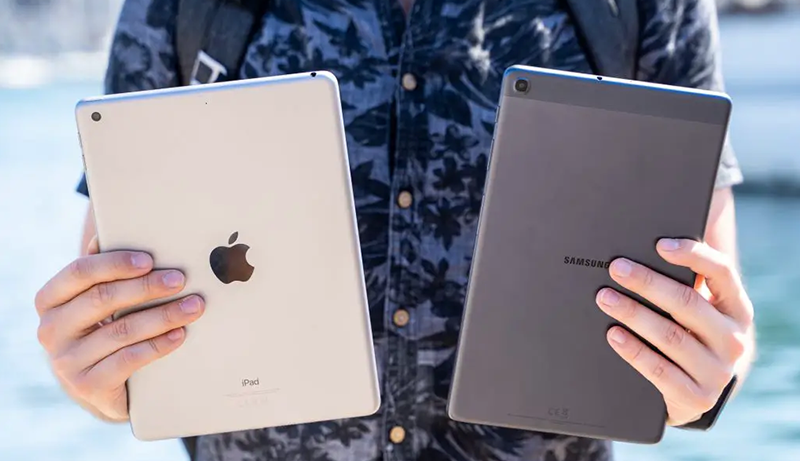

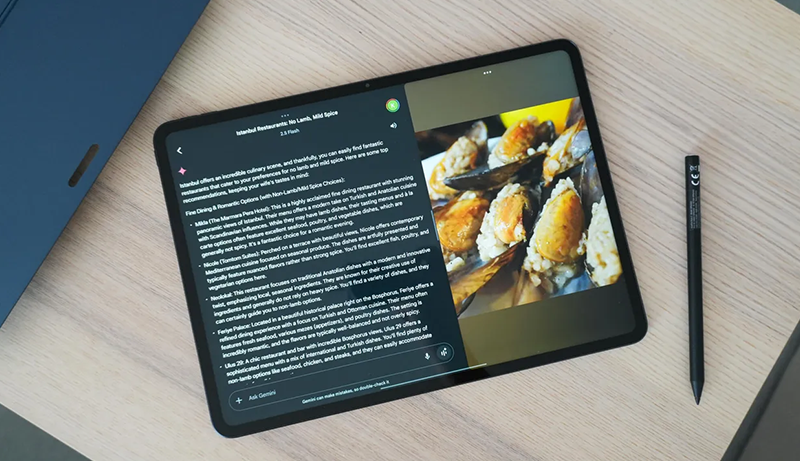

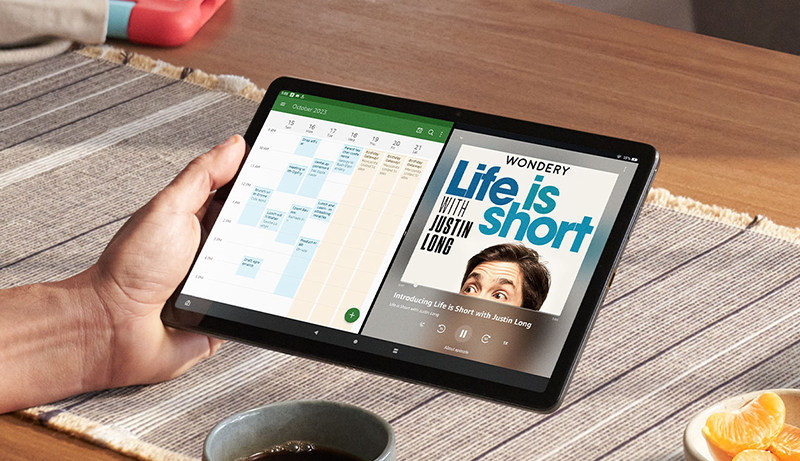
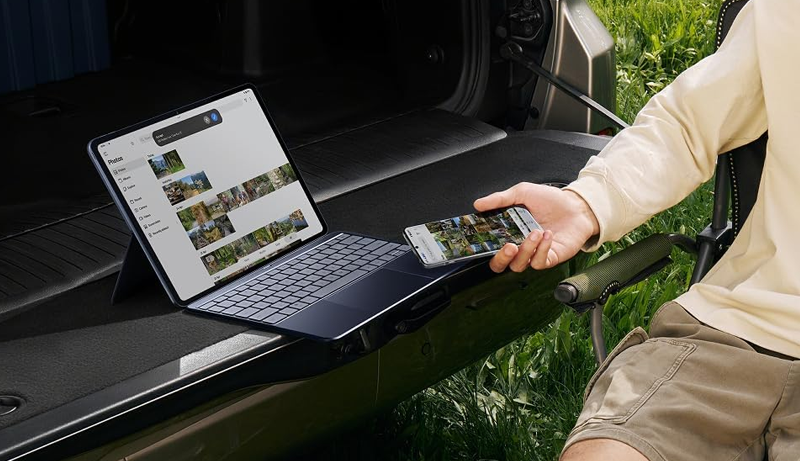
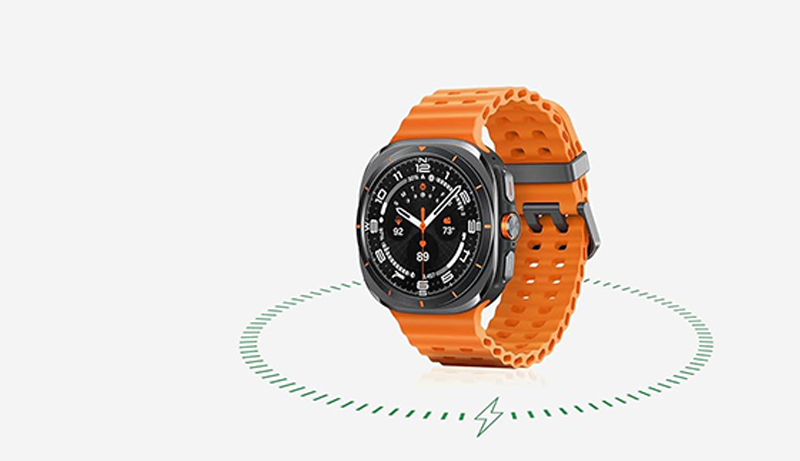
Leave a Reply